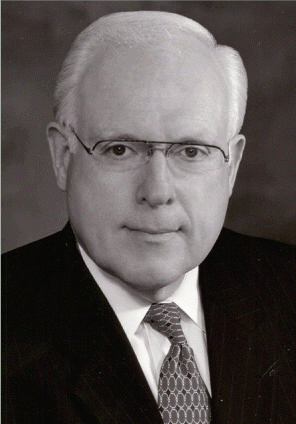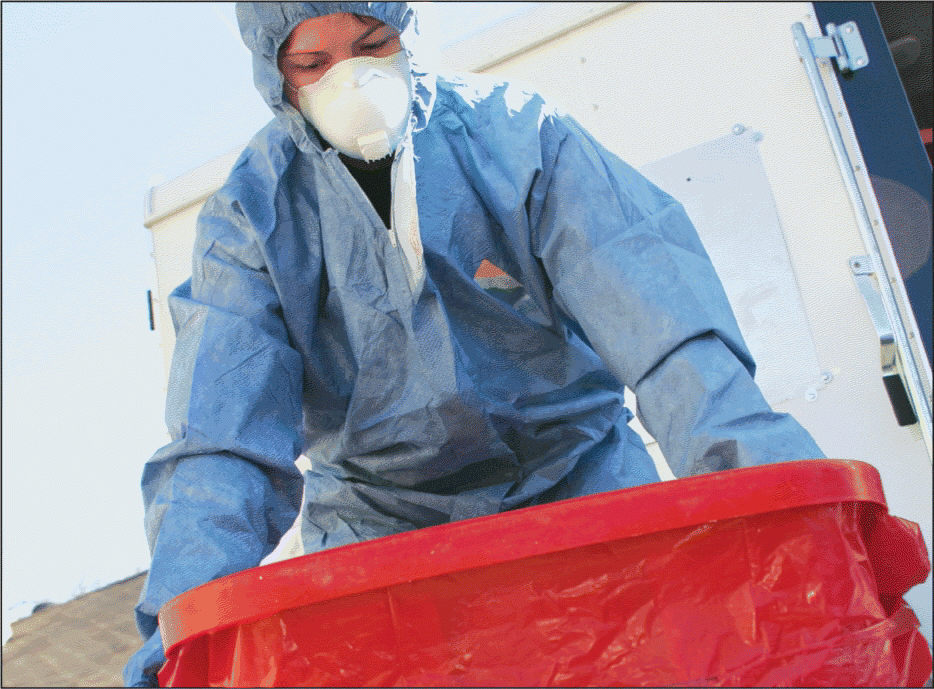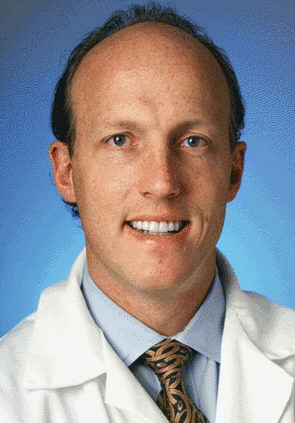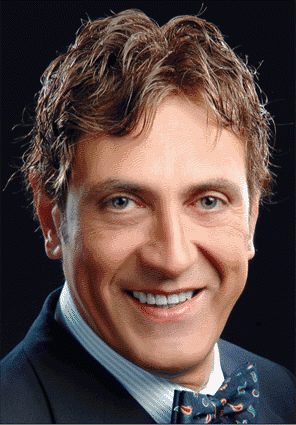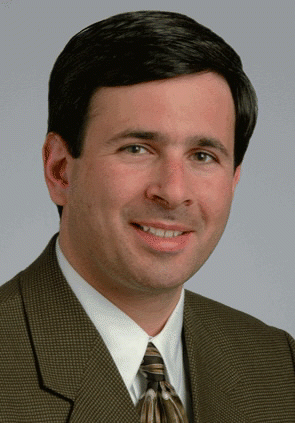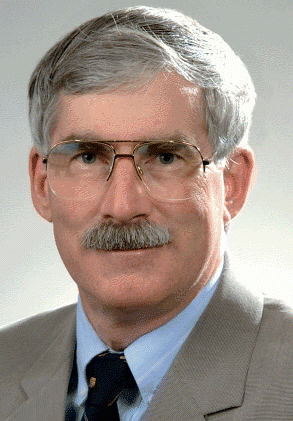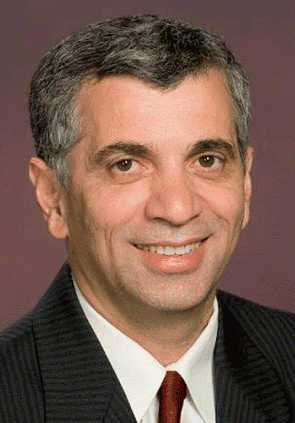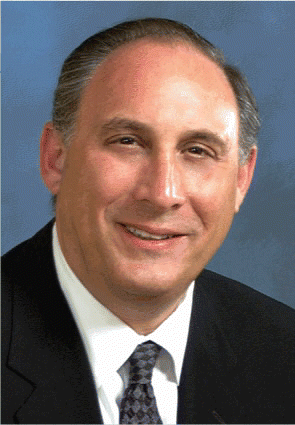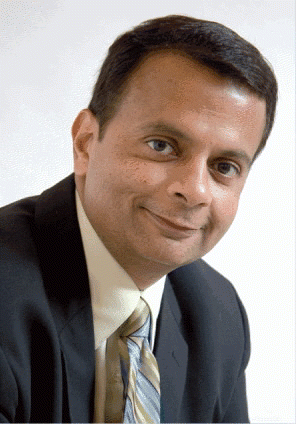PHOENIX-With the election of President Barack Obama and with lawmakers in Washington poised to overhaul the health care system, with patients’ faith in their doctors faltering, and with health costs continuing to rise and quality becoming ever more questionable, Gerald B. Healy, MD, took the lectern for his keynote address here as if he were taking the helm of a ship at risk of being capsized by stormy seas.
